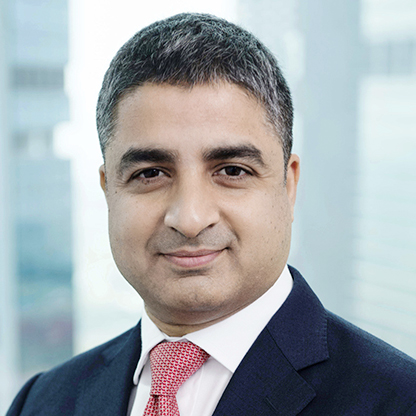Eurobonds from Asia ex-Japan issuers jumped to 17 billion euros in 2016 from a mere two billion euros in 2012 showing rapid growth as investors seek other fixed income assets that offer higher returns, according to Dealogic.
Growing year-on-year, the eurobond supply from Asian issuers has rapidly developed over the past several years. Data from Dealogic reveals that in 2012 the total eurobond supply from Asia-Pacific ex-Japan was around 2 billion euros. This number has increased significantly in 2016 as Asian issuers ex-Japan were able to collectively raise 17 billion euros from investors.
Last year saw a wide range of issuers such as the Republic of Indonesia and State Grid Corporation of China tapping the euro international market in an effort of diversify their investor base. For State Grid Corporation, it represented the first time an Asian issuer went for the six-year and nine-year eurobond market curve simultaneously.
Already in 2017 we have seen continuous interest in the eurobond option. Last month DBS Bank executed its 750 million euros covered bond, which saw around 97% of investors from Europe. Moreover, in India, NTPC issued its debut 500 million eurobond which was oversubscribed 4.5 times.
The growth of eurobond supply from Asia can be attributed to several factors including the European Central Bank's (ECB) drive to stimulate the Eurozone through a mass bond-buying programme. The monthly purchase of 80 billion euros worth of bonds has not only led to a drop in yields for European issuers, but also has created a challenge for euro fund managers in getting allocations. With the opening up of Asian euro-dominated credit, expect European investors to welcome additional fixed income assets that offer higher returns.
With two to three rate hikes expected this year, the US dollar is on track to further strengthen against other major currencies in the world including the euro.
“It started in 2015 with the ECB starting their QE programme. You will see that in the near term the euro will stay as a weaker currency,” highlights Andy Liu, managing director, head of China debt capital markets at Societe Generale.
“If the US currency continues being strong there is no reason to continue borrowing in US dollars. The natural thought would be to borrow in a weaker currency,” says Liu. He believes 2017 will see a lot more Chinese corporates tapping the euro market.
Chinese issuers in particular will be looking at euro options as many companies within the country are aiming to financially support their acquisition of European assets. Last March, China’s Shandong Ruyi bought French fashion firm SMCP for 1.3 billion euros. Moreover, Airfrance-KLM Group sold its catering unit Servair to China’s HNA Group for 475 million euros. According to PwC data, China outbound M&A grew by 246% when comparing 2016 to 2015. There were 51 outbound transactions valued at US$1 billion, more than double the previous record.









